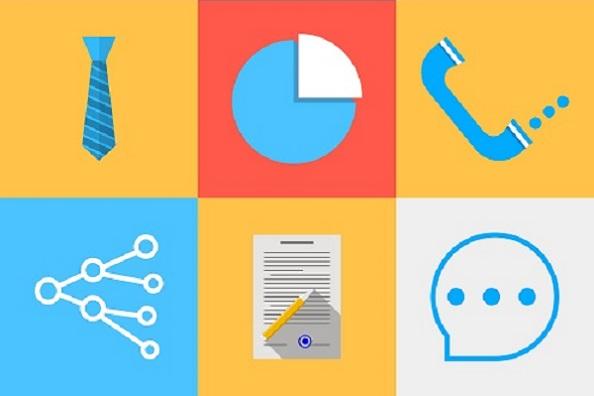Topics
How to Streamline Communications: Go Ahead and Shoot the Messenger

We have all heard the expression "don't shoot the messenger,” and by and large it makes perfect sense. After all, there's no point in doing harm to whoever advises you of bad news just because you do not like the news itself. However, I believe there is an exception to this rule: if the "messenger" in question is an email or voicemail used to advise you of a problem in the business, there are better ways of receiving these kinds of notifications.
The problem with voicemails, of course, is that there is no ideal way to keep track of them - if someone leaves you a telephone message that a production has been delayed and so you request a customer push out a delivery window, then three months down the road you may never be able to figure out what prompted your action.
Meanwhile emails, which can certainly be saved, invariably end up a rat’s nest of threads of communication which become impossible to sort through made worse with additional replies and CCs. And while that is bad enough for communication regarding a single issue, multiply that by dozens or potentially hundreds of styles or sales and production orders, etc., and you have a recipe for chaos.
Simplifying and centralizing communication
A better solution to the problem of keeping track of the communications surrounding styles and transactions is to have those notations stay within the system. For instance in the BlueCherry® software suite of solutions, any number of communication notes may be added to virtually any item of data in the system and directed to one or more parties who can then take action and/or make replies as needed. This is a separate function from the mere attachments of documents and images; these notes can be seen at any time by opening the right side panel of virtually any screen in the system.
Getting organized
On an operational level, here’s how it works: say there is an issue with a new style that must be addressed – a question as to the correct standard cost or some merchandise group classification. Rather than sending an email to the person(s) responsible for the style, have the style master screen open in BlueCherry and use the CTRL-T command or open the right hand panel where you can add a new Communication (was it is called). This notation may be directed to one or more other users in the system, as well as optionally be assigned expiration and follow-up dates and a priority level.
The next time the recipient looks at the Communicator window of their BlueCherry Command Center, that notation will simply appear. Double-clicking on the communication to open it up displays a small window with whatever notation was originally entered and a space to respond as well as the dates and priority, along with a “document launcher” button which will open the screen in question (assuming that user has security rights to do so). Thanks to this immediate visibility, the issue can be handled and notes made as needed, all without email threads to track. Of course, the audit trail could show the particular changes and timestamps, but the notes maintained with the document in the system provide often-needed context so in review it may be understood why that cost was changed (or whatever the situation may be).
These communications can even be set to auto-create at some trigger point, such as when a Design in the PLM system is promoted to become a Style in the ERP system, just as a way of notifying interested parties and, again, without relying on email or worse yet, phone messages.
So, when it comes to important intra-organizational communications about styles, customers, templates or virtually any transaction in the system, go ahead and shoot the voicemail or email messenger – and use an integrated communication system instead!

